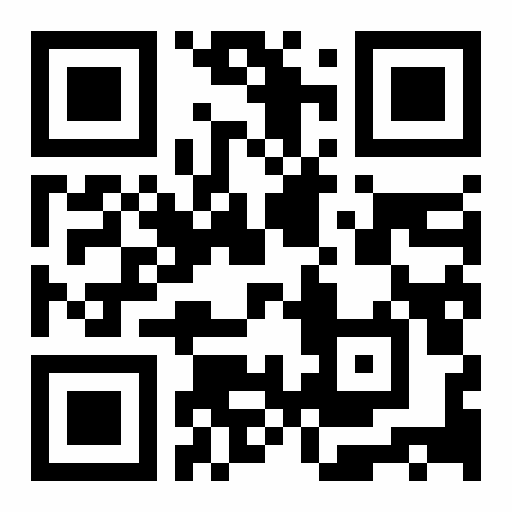




Introduction: Trigeminal neuralgia is a neurological condition defined as severe, unilateral facial electric-like pain that originates from one or more branches of the fifths nerve, typically the maxillary and/or the mandibular nerve. Pain occurs suddenly in paroxysms and lasts for a few seconds to two minutes. Pain can be intolerable and affect a patient's daily function and quality of life, including eating, drinking, or shaving. The condition is commonly caused by vascular compression of the fifth nerve entry zone, but it can be related to other neurological diseases such as multiple sclerosis or occipital lobe tumors. Objective: We aimed to search for clinical characteristics, possible etiologies, diagnostic tests, and pharmacological treatment of trigeminal neuralgia. Method: We searched in the PubMed database looking for relevant articles, and using the Mesh term "trigeminal neuralgia". Conclusion: Trigeminal neuralgia causes excruciating facial pain that might disrupt the patient's life. Diagnosis is achieved clinically, but brain imaging must be included to rule out the potential secondary cause. The first-line pharmacological treatment is carbamazepine and oxcarbazepine. Other anti-epileptic drugs and botulinum toxin-A injection can be used in addition to the classic regimen, especially if pain persists or side effects are unbearable.